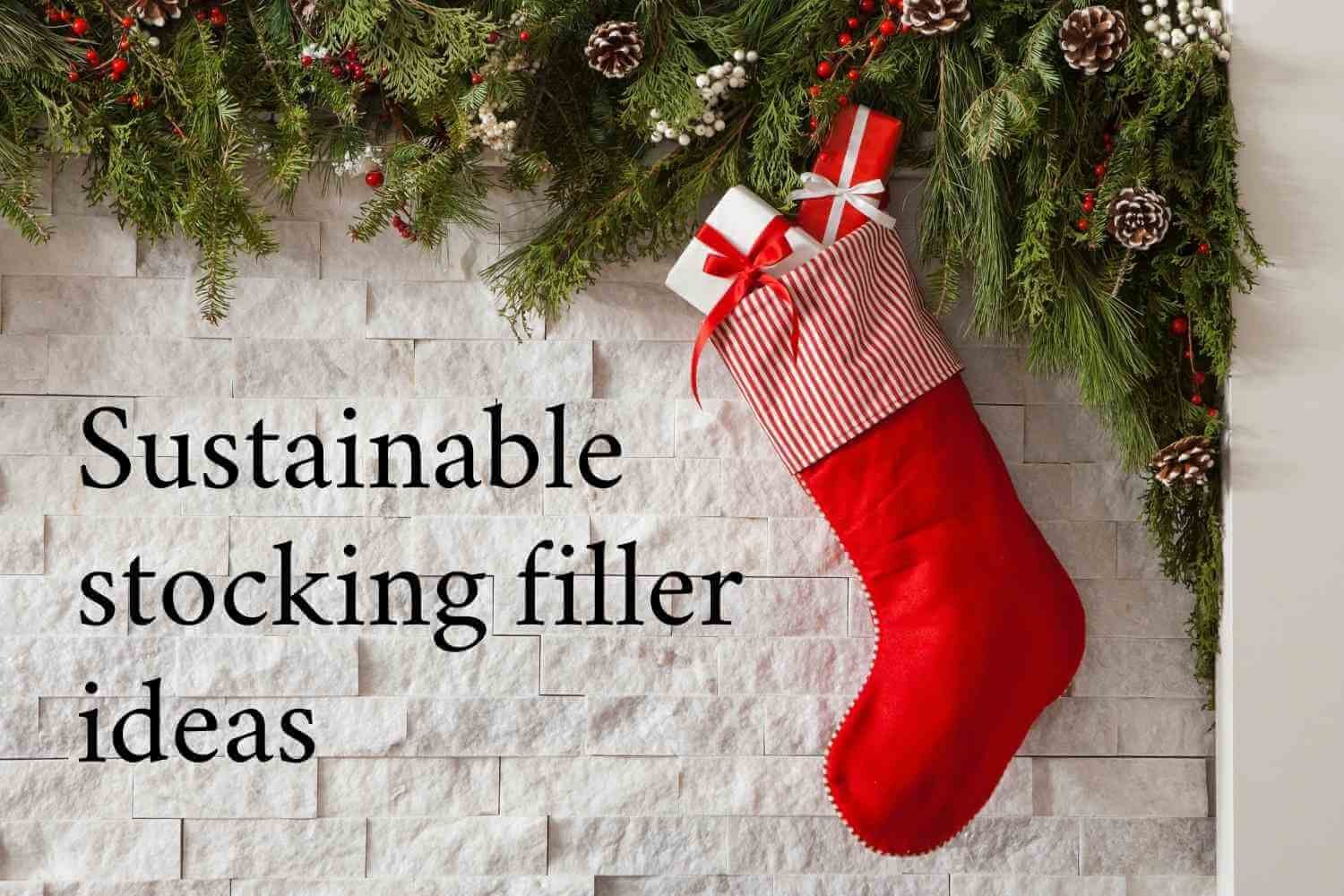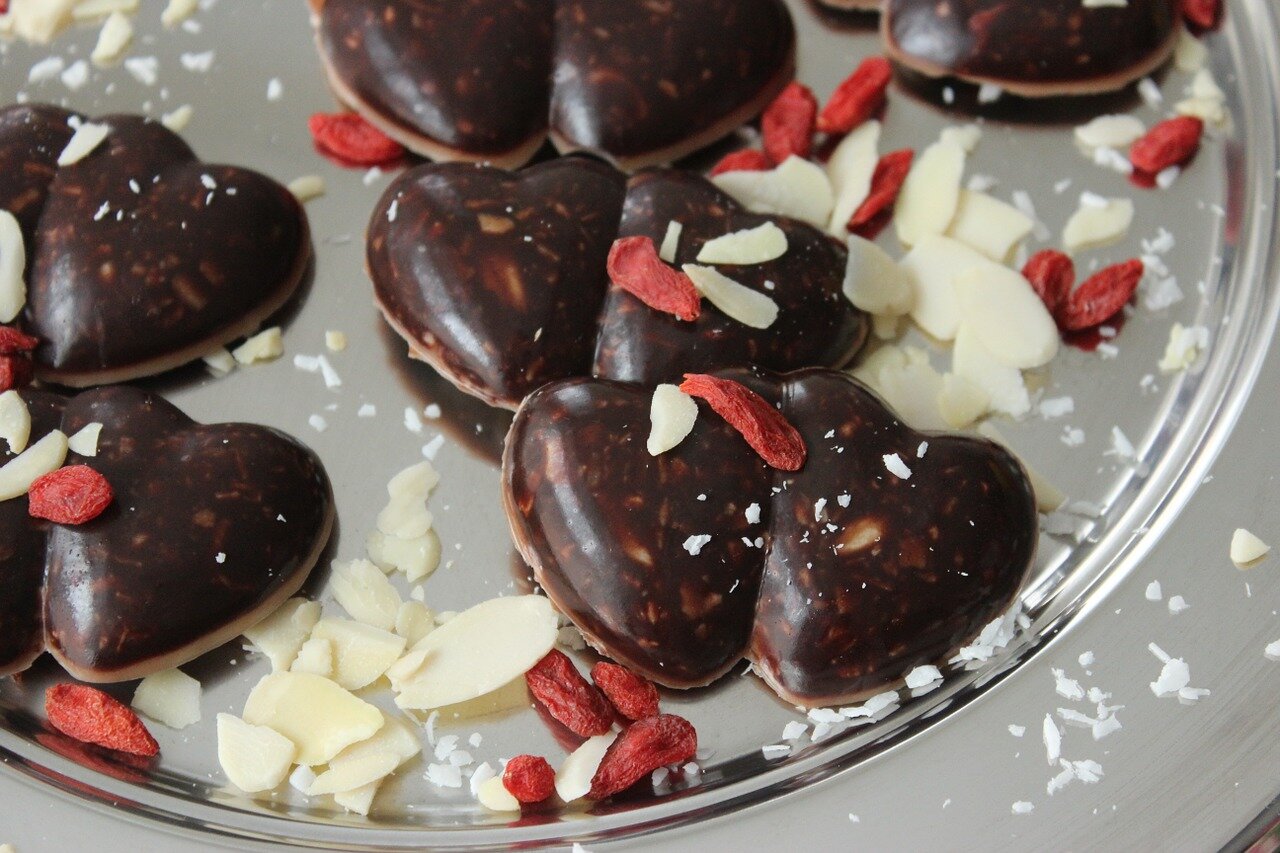35 Statistics About Plastic + Food Waste At Christmas
If you are interested in learning about how much plastic, packaging, and food waste is created at Christmas, here are 35 shocking statistics.
Christmas is the most wonderful wasteful time of year.
If you love nature, it is hard to sit by and do nothing as our planet gets trashed.
With 30% more rubbish being produced in December than any other time of year, people are trying to make their traditions more conscious. Luckily there are lots of ways to make your Christmas more eco-friendly.
Once you’ve read the statistics, facts, and tips in this blog post, you will be knowledgeable in the areas that need the most attention in the UK this Christmas.
COMING UP
What do we waste at Christmas?
Food waste statistics
Food + drink packaging statistics
General waste statistics
Carbon emissions statistics
Christmas tree statistics
Christmas card statistics
Wrapping paper statistics
How do you make Christmas more eco-friendly?
What do we waste at Christmas?
Did you know, people in the UK produce an excessive amount of waste at Christmas time? The most common items to be thrown in the bin are food, wrapping paper, unwanted gifts, cardboard and plastic packaging.
The following 35 facts and statistics have been divided into six categories, and each section will have 3 tips for reducing your waste.
If you’d like to share my images on social media to help spread the word, you are more than welcome! I’d appreciate it if you’d tag me @SustainablyLazy and then I can share your post too.
Food waste statistics
Food waste at Christmas (and always) is a serious environmental and social justice issue. When food waste rots in a landfill, it releases methane, a powerful greenhouse gas that is 25 times more potent than carbon dioxide. As well as causing climate change, wasting food is unethical. There are 7 million people in the UK struggling to get enough to eat.
A typical Christmas will see British people throw away 2 million turkeys.
25% of the entire year’s brussel sprout sales are in the two weeks before Christmas which leads to 17.2 million brussel sprouts being binned.
5 million Christmas puddings get chucked away every year (many with plastic packaging).
Approximately 74 million mince pies are wasted each December.
In 2014, 4.2 million Christmas dinners were wasted in the UK.
Due to fancy cheeseboards, British people spend £2bn on cheese at Christmas, however, research by London Borough Market found 2.2 million kilos of that cheese ends up in the bin.
3 tips to reduce food waste:
Ignore supermarket promotions that encourage buying excess and only buy the amount you need.
Choose seasonal vegetables and compost any that are left over.
Use the free app Olio to give away any packaged food you don’t like.
Food + drink Packaging statistics
The products you buy at Christmas usually come in plastic packaging. Plastic is produced by fracking fossil fuels - the main contributor to climate change and a major source of water pollution. This packaging can then end up in the ocean when the wind blows it out of landfill sites or during waste disposal. Producing other materials, like foil and glass, also has a high carbon footprint.
7. Around 125,000 tonnes of plastic wrapping is used for food, including 3,000 tonnes of plastic used to package Christmas turkeys.
8. 300 million plastic cups and straws will be binned after Christmas parties.
9. 32.9 million advent calendars are bought and discarded, most of which have plastic and foil inside.
10. Research by the Co-op has revealed that more than one in five adults do not recycle foil at home.
11. Around 378 tonnes of aluminium packaging is used to bake and package mince pies.
12. 4,500 tonnes of tin foil is used to cook Turkey and other Christmas food.
13. 13,350 tonnes of glass bottles are binned during December and January each year.
3 Tips for reducing packaging:
Use local businesses, like greengrocers, bakers, and butchers who use less plastic.
Hire reusable plastic cups and plates for parties.
Buy recycled foil for cooking.
General waste statistics
Common traditions like Christmas crackers, advent calendars, festive decor and gifting, typically result in a colossal amount of waste on Christmas day. Each product uses more of the earth’s resources that are running out due to deforestation and fracking. Due to the mixture of materials, they can be hard to recycle and end up in landfills or incinerators after a short period of use.
14. According to Biffa, 100 million bags of rubbish are sent to landfills each Christmas.
15. In the UK we waste approximately 338,251 tonnes of cardboard packaging, and 35,877 tonnes of plastic each December.
16. £42 million of unwanted Christmas presents are thrown out each year.
17. The UK will also throw away approximately 500 tonnes of Christmas lights each year.
18. On Christmas Day, about 40 million Christmas crackers are anticipated to be thrown away.
Tips to reduce your waste at home:
Use reusable Christmas crackers and advent calendars.
Choose gifts that are zero waste or have recycled packaging.
Try to reuse and recycled instead of throwing packaging and decor in the bin.
Carbon emissions
At Christmas, the individual carbon footprint of individual households increases due to the increased travel, electricity used, and products bought. Carbon dioxide is a greenhouse gas that is causing the climate crisis so we all have a responsibility to reduce our individual impact if we are able to. Reducing your carbon footprint will also save you money so you might already find you are doing these things if you’re on a tight budget.
19. Combined, we travel 6 billion miles around the UK to see friends and family. Research shows that air pollution from vehicles can worsen asthma symptoms.
20. According to Wrap, the extra festive household waste created is equivalent to generating 1.4 million tonnes of C02.
21. Research from Go Compare found that cooking a turkey costs 1.5 times as much as a typical family’s electricity bill for a whole day.
22. The combined carbon footprint of all Christmas dinners in the UK is estimated to be the same as a single car travelling around the globe 6,000 times.
23. Turning your heating down by 1°C saves 184kg of CO2 which was £42 in 2021.
How to reduce your carbon footprint
Use public transport or car share when travelling to see loved ones.
Switch to a renewable energy supplier than doesn’t use coal. Most energy suppliers mislead customers by having one “green” tariff but their total renewable energy as a company is less than 9%.
Choose LED or solar-powered lighting and put electric lights on a timer to reduce your electricity bill.
Christmas trees
Buying a real Christmas tree is more sustainable than a new artificial tree, however, they aren’t all grown equally. Some trees are sprayed with toxic pesticides that devastate biodiversity. Once you’re done with a real tree, you can arrange for it to be composted through your local authority. As trees store carbon dioxide, it releases 50% of the stored C02 so it is best to use a potted tree.
24. 8 million trees are cut down to be used as Christmas trees in the UK, this has a massive carbon footprint when they are disposed of in landfills.
25. According to the British Carbon Trust, plastic trees produce 12 times more carbon emissions than real trees (that are composted after use). An artificial tree would need to be reused at least 6 years in a row to have a lower carbon footprint.
26. In a survey from 2017, 14% of people said that they throw away their artificial Christmas tree each year.
27. A total of 6 million Christmas trees are said to be discarded every year.
3 ways to reduce Christmas tree waste
Buy a second-hand artificial tree and reuse it every year.
Rent a real Christmas tree from a sustainable business.
Buy a real Christmas tree in a plant pot. You can store it in your garden until the following year.
Christmas cards
Christmas cards are a tradition that many people still enjoy, particularly older generations. While there are lots of plastic-free options, there are still high street stores that package individual cards in plastic wrap. Many cards still contain plastic glitter or foil so unfortunately cannot be recycled.
28. The Royal Mail estimates that it delivers 150 million cards during the Christmas period; other sources say 1 billion cards are bought each year.
29. One tree makes 3,000 cards which means 50,000 trees are cut down to make the Christmas cards the Royal Mail deliver.
30. It’s estimated that only one out of four Christmas cards is recycled.
31. 300,000 tonnes of card packaging is used by consumers and businesses each Christmas.
3 ways to send eco-friendly Christmas cards
Send an e-card instead.
Make DIY cards out of your children’s artwork.
Choose cards made from recycled material (with no glitter or foil).
Wrapping paper
The gift wrap you find on the high street is usually made from poor-quality fibres that are dyed, coated in plastic, and decorated with glitter making it almost impossible to recycle. There are more plastic-free options now, however, it is not sustainable to chop down trees to create single-use products like wrapping paper when so many alternatives exist.
32. 108 million rolls of wrapping paper are binned in the UK each year which equates to 227,000 miles of paper - enough to wrap around the planet 22 times.
33. According to Greenpeace, the production of 1kg of wrapping paper is responsible for more than 3kg of CO2 emissions.
34. On average, 2,700 litres of water is used to make 1 tonne of paper in Europe.
35. It is estimated that 40 million rolls of sticky tape are used to wrap Christmas presents.
3 ways to reduce wrapping paper waste
Try furoshiki gift wrapping using fabric.
Opt for 100% recycled wrapping paper if you don’t want to buy reusable with paper sticky tape.
Open your presents careful and reuse the wrapping paper and gift bags the following year.
READ NEXT: HOW TO WRAP PRESENTS IN AN ENVIRONMENTALLY FRIENDLY WAY
How much waste is generated at Christmas?
When compared to the rest of the year, an extra 30% of rubbish is produced and discarded during the Christmas months, according to GWP.
How can we make the celebration more eco-friendly?
There are lots of ways you can make your Christmas celebrations more eco-friendly, for example, you could swap to reusable wrapping paper, buy second-hand gifts, and reuse the same decorations every year.
Reusable products save money in the long run because you don’t have to buy them again. Gift wrap isn’t the only reusable product you can get, here are some more examples:
Christmas crackers
The tree you used last year
Decorations
Stockings
Jumpers
Another way to be more eco-friendly is to reduce food waste by reducing the amount you cook and getting creative with leftovers.
If you’d like more ideas for making your Christmas more sustainable, check out my other blog posts, like 7 tips for making Christmas more eco-friendly and sustainable gift ideas.
If you learnt something from this blog post, please consider sharing it with your friends by clicking the red arrow in the bottom right corner of the screen.
What area will you be trying to reduce your waste this Christmas?


















